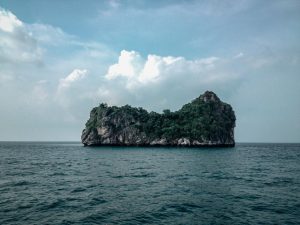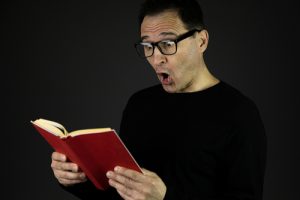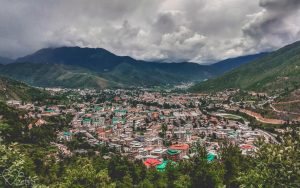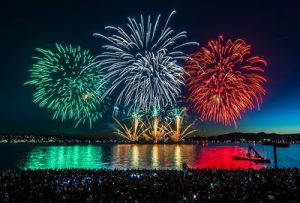Easter Island is one of the planet’s most remote pieces of land, when Dutch explorer Jacob Roggeveen came across it in 1722, he found it inhabited and home to remnants of a culture. The island has since emerged as one of the most mysterious places in the world. Easter Island is famous for its stone busts known as moai.
Today known as Rapa Nui, Easter Island is located East Pacific. It has an area of 165 sq km (64 square miles) and rises to 509 m (16,870 feet) at its highest point. When Roggeveen arrived at the Island, he found a small population inhabiting in treeless lands with little vegetation. The group were equipped with small canoes and no domestic animals other than chickens.
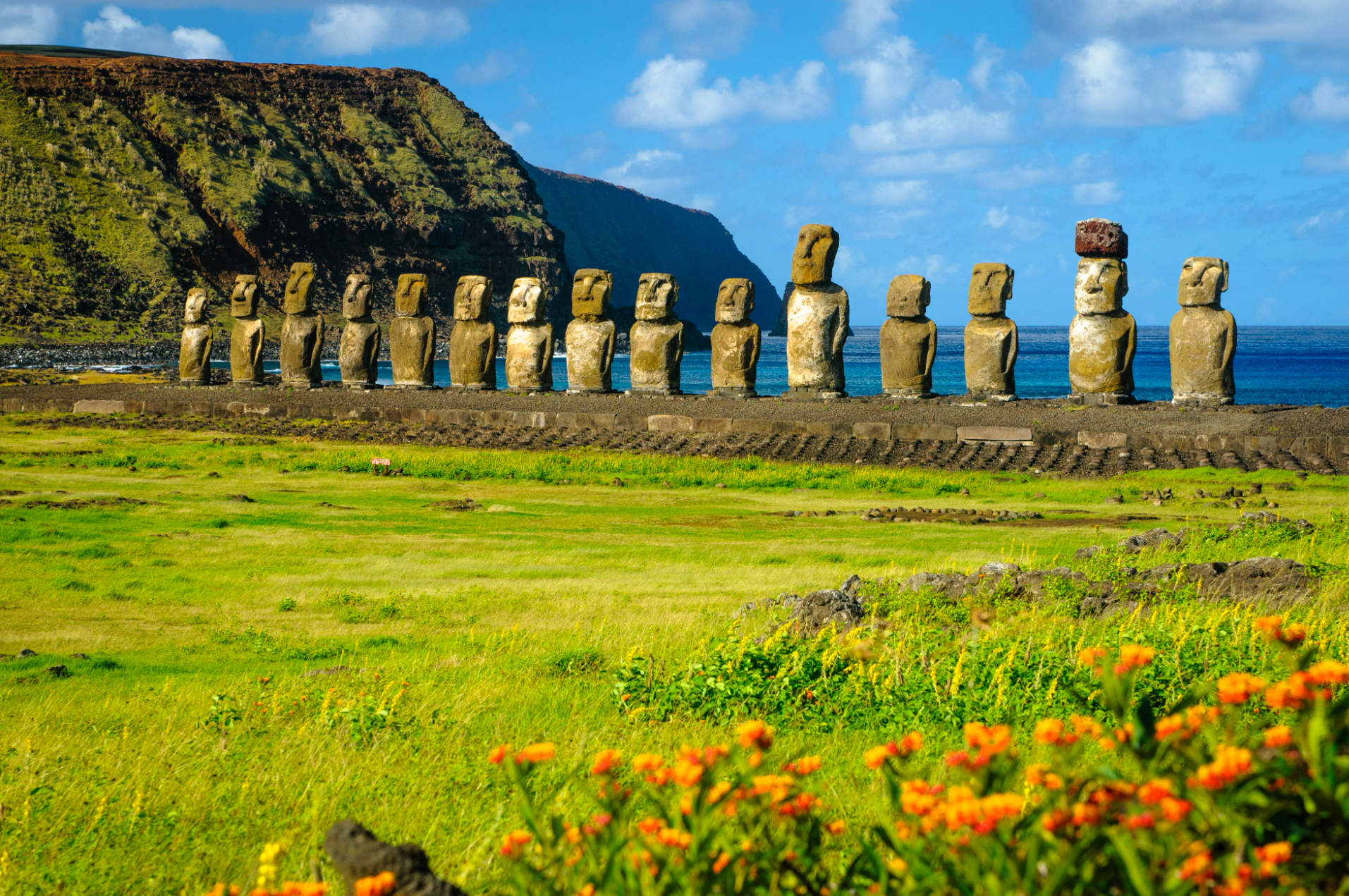
When Captain James Cook, a British explorer, visited 52 years later, he noticed almost all the moais had fallen over. Over the next century the population was damaged by disease and attacked by slave traders. By the 1870s there was just over 100 people living there, the population is now over 3,000.
According to an archaeologist Jo Anne Tilburg there are 887 moais on the island which are carved from volcanic ashes known as tuff. In typical images moai is a huge head that looks out to sea. Out of the 887 moai, 379 still lie in the quarry at Rano Raraku where they were carved. 92 lie on roads leading out of the quarry which are said to be abandoned in transit.
The archaeologist believes that moais were made as representation of powerful chiefs to act as mediator between earthly and supernatural realm.
When Easter Island was just home to a small population, it is believed that they used intense farming techniques to grow taro. They also made canoes which enabled them to hunt dolphin, porpoise and tuna.
The society’s collapse followed by the destruction of most of the population. One of the mysteries left behind was the script engraved on artefacts such as wooden tables such as wooden tables and rongorongo. One theory is that rongorongo was only invented in the 18th century after the contact with Spanish writing, which prompted the islanders to develop their own script, but some engravings dated back to the 17th century. The script seems to mix picture writing (each symbol represents a word) but it is not possible to make out what was said or what symbols represented.
